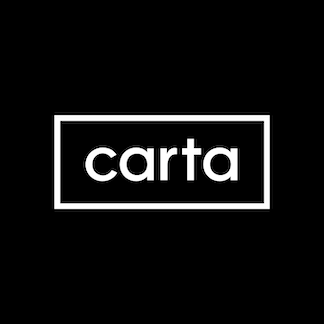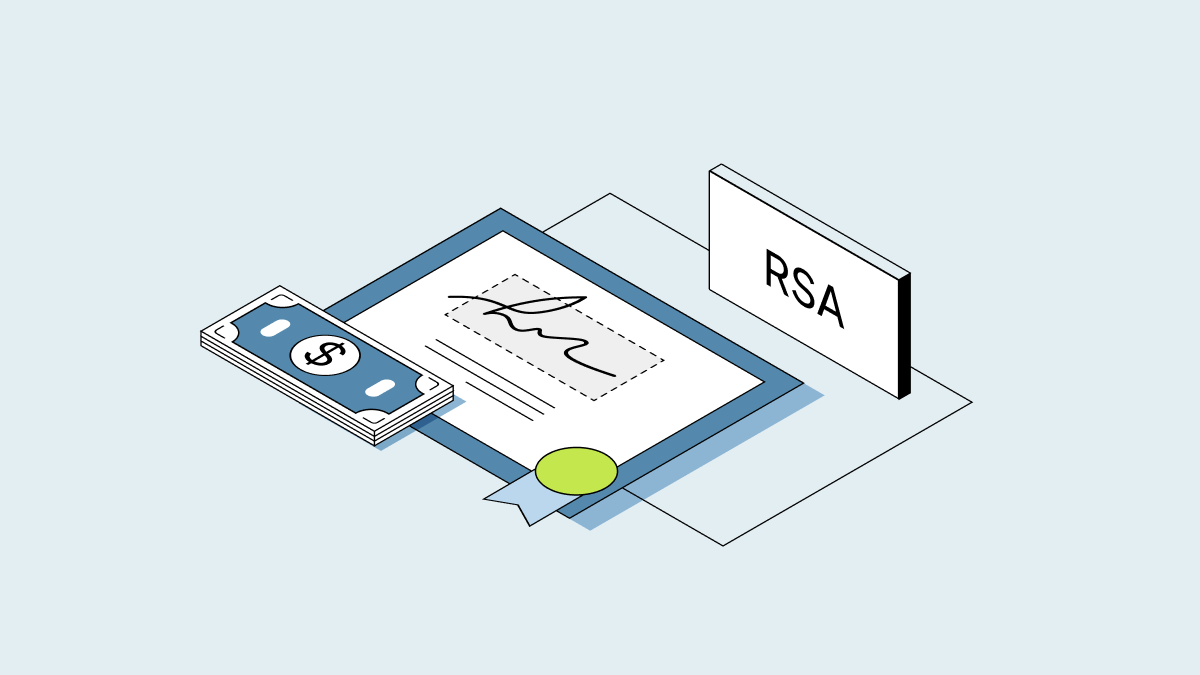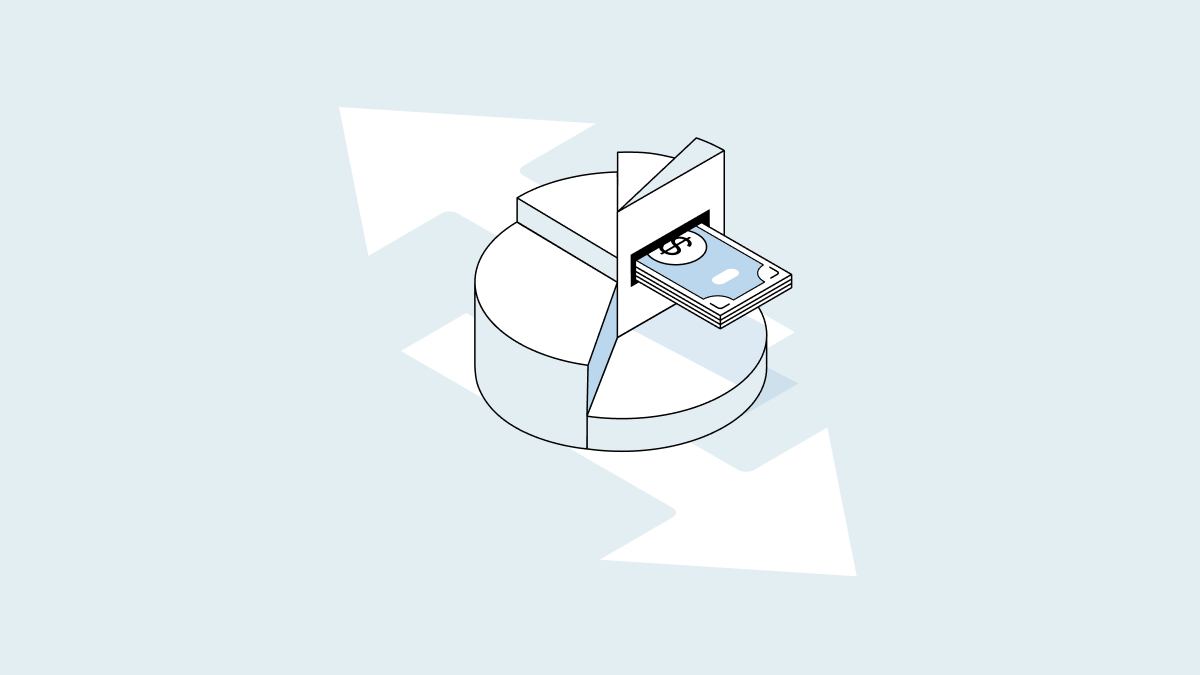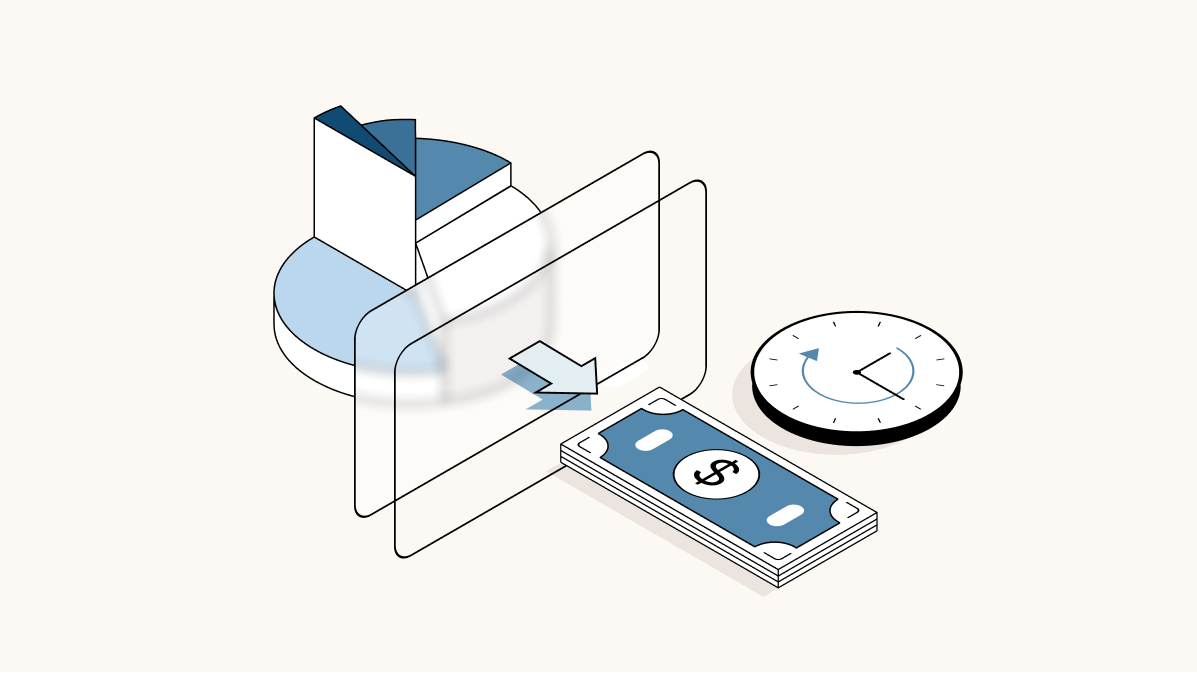What is an IPO?
An initial public offering (IPO) is when a company begins trading its shares on a stock exchange for the first time, allowing it to raise capital in the public market by selling newly issued shares and allowing its existing shareholders to sell their shares. Usually, an IPO is the first opportunity for the general public to buy a stake in a high-growth tech startup.
An IPO is traditionally a celebratory event for companies, marking a transition from the private market to the public market and the beginning of a new phase of growth. An IPO also gives existing shareholders the chance to access liquidity and potentially realize on-paper gains by selling some or all of their shares. Most IPOs come with a lock-up period of 90 or 180 days in which company insiders, including employees, are restricted from selling shares.
How does an IPO work?
A company decides for itself when it is ready for an IPO. Many IPO candidates are late-stage private companies that have previously raised several rounds of venture capital funding. Going public offers the opportunity to raise even larger sums of capital from a much wider investor base: the general public.
Companies considering an IPO typically spend several months preparing for the rigors of being a public company. This includes tighter regulation: While private companies do not have to report their finances to any regulatory body, all public companies must submit full quarterly financial and regulatory statements to the U.S. Securities and Exchange Commission (SEC).
The wider public investor base also comes with potential drawbacks. Instead of trying to gratify a relatively small group of venture capitalists, a public company must please a roster of hundreds or thousands of shareholders who have different desires and motivations.
When it makes its debut on the public market, a newly public company wants its IPO valuation to be higher than its most recent private valuation, making it more likely their investors will turn a profit. If companies don’t believe they can go public at the valuation they seek, they may choose to remain private and try again in the future.
The IPO process
The IPO process can vary in length, ranging from a few months to a year or more. Companies typically try to time their IPO to occur during a bull market, when optimistic investors are more likely to drive up stock prices.
S-1 filing
The first concrete step in the IPO process is an S-1 filing, also called an IPO prospectus or registration statement. This document, required by the SEC, functions as a company’s introduction to public investors.
An S-1 is typically hundreds of pages long and includes some of the following information:
-
Multiple years of financial statements
-
A written history of the company
-
Biographies of a company’s key decision makers
-
A catalog of potential risk factors
Underwriting
A company typically hires several investment banks to serve as underwriters, or administrators, in its IPO. One role of the underwriters is to maximize profits for the company, using their financial connections to gauge the interest of potential investors and determine the market-optimal price.
Underwriters also serve as intermediaries in the IPO itself: They buy the initial block of new shares on offer from the company, thus guaranteeing the price, and then re-sell those shares to other investors (typically the underwriters’ own institutional and high-net-worth clients).
If the underwriters misread the market and set the IPO price too high, the company might struggle to sell shares at the set offering price, driving the price downward.
Investor roadshow
Companies and their underwriters usually try to build market demand by conducting an investor roadshow, a series of presentations to large potential buyers in which the company pitches itself as a sound investment.
Setting IPO terms
After weighing the response among investors, the company and its underwriters set terms for the IPO, publicly announcing how many shares they will offer on the stock market and at what price.
IPO
The IPO itself typically occurs a day or two after terms are announced. Companies choose to list their shares on one of the many different public stock exchanges. The NASDAQ and the New York Stock Exchange (NYSE) are the two largest public stock exchanges in the world. The Shanghai Stock Exchange, the Euronext, the Bombay Stock Exchange, and the London Stock Exchange are some of the other most prominent exchanges.
How to invest in pre-IPO stock
Investing in private companies before they conduct an IPO is generally restricted to accredited investors such as venture capital firms, family offices, and hedge funds, as well as individual accredited investors. These investors typically acquire their stakes directly from the company through primary funding rounds. Many companies also issue stock to employees as part of their compensation.
Accredited investors can also acquire stakes in some venture capital-backed companies through private secondary markets. These are marketplaces where shareholders can sell some or all of their shares through a number of different deal types.
→ Learn more about the different types of startup investors.
What are alternatives to an IPO?
An IPO isn’t the only way for private companies to transition to the public market. The other primary exit path is a merger and acquisition (M&A) of the company. In these deals, the company sells itself to a larger company or to a financial acquirer, such as a private equity firm. Direct listings and SPAC mergers are two other exit strategies that have gained popularity in recent years.




